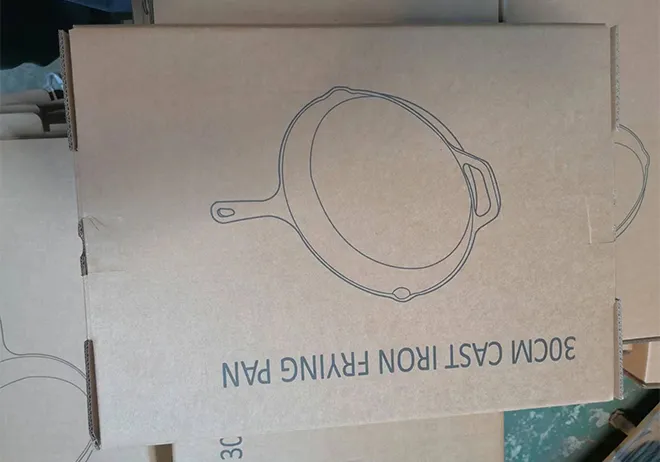
how to properly season cast iron skillet
How to Properly Season a Cast Iron Skillet
A cast iron skillet is a staple in many kitchens around the world, cherished for its durability, heat retention, and ability to enhance the flavor of food. However, to truly benefit from a cast iron skillet, proper seasoning is essential. Seasoning not only protects the skillet from rust and helps with food release, but it also creates a natural non-stick surface that improves with age. Here’s a detailed guide on how to properly season your cast iron skillet.
Step 1 Cleaning the Skillet
Before seasoning your cast iron skillet, it’s important to start with a clean surface. If your skillet is brand new, it may have a protective coating from the manufacturer. Make sure to remove this by washing the skillet with hot, soapy water. Use a rough sponge or scrub pad to eliminate any factory finish. For older skillets that have been used, you might need to scrub off any rust or old seasoning. For severe rust, a combination of a steel wool pad and elbow grease might be necessary. Once cleaned, rinse the skillet thoroughly and dry it immediately to prevent any new rust from forming.
Step 2 Apply Oil
The key to effective seasoning is using the right oil. You’ll want to choose an oil with a high smoke point, such as flaxseed oil, canola oil, or vegetable oil. Flaxseed oil is particularly favored because it polymerizes into a hard finish that can create a smooth surface. Pour a small amount of oil into the skillet, using a paper towel to spread it evenly over the entire cooking surface, including the sides and handle. Make sure to apply only a thin layer; too much oil can lead to a sticky build-up.
Step 3 Baking the Skillet
Next, it’s time to heat the skillet to allow the oil to bond with the iron. Preheat your oven to 450°F (232°C). Place a sheet of aluminum foil on the bottom rack of the oven to catch any drips from the skillet. Place the skillet upside down on the center rack of the oven. This position allows excess oil to drip off rather than pooling inside the skillet. Bake the skillet for about an hour. The high temperature causes the oil to polymerize, creating a durable and non-stick surface.
how to properly season cast iron skillet

Step 4 Cool Down
After an hour, turn off the oven and leave the skillet inside to cool slowly. Rapid temperature changes can lead to cracking or warping. Allowing it to cool inside will also help retain its seasoned coat.
Step 5 Repeat if Necessary
For a truly robust non-stick surface, it’s beneficial to repeat the oil application and baking process 2 to 3 times. Each layer builds upon the previous one, enhancing the skillet’s seasoning.
Maintenance Tips
Once your skillet is seasoned, taking care of it is crucial for longevity. Avoid using soap for cleaning, as it can strip the seasoning. Instead, use hot water and a stiff brush. For stubborn food residues, a little bit of salt can act as a natural abrasive. After cleaning, make sure to dry the skillet thoroughly over low heat on the stove and apply a thin layer of oil before storing it. This will keep the skillet well-seasoned and ready for use.
Conclusion
With proper seasoning and maintenance, your cast iron skillet can last a lifetime, developing a rich, dark patina that enhances the flavor of the food you cook. It may take a little effort at the beginning, but the results are well worth it. Embrace the process of seasoning your skillet and enjoy the countless delicious meals it brings to your kitchen. Happy cooking!
-
Season Cast Iron Perfectly with GPT-4 Turbo TipsNewsAug.01,2025
-
High Quality Cast Iron Cookware - Baixiang County Zhongda MachineryNewsAug.01,2025
-
Premium Cast Iron Pan: Durable & Perfect HeatNewsAug.01,2025
-
High Quality Kitchen Durable Black Round Cast Iron Cookware Pancake Crepe Pan-Baixiang County Zhongda Machinery Manufacturing Co., Ltd.NewsAug.01,2025
-
Cast Iron Cookware - Baixiang County Zhongda Machinery | Nonstick, Heat ResistanceNewsAug.01,2025
-
High Quality Kitchen Durable Black Round Cast Iron Cookware - Baixiang County Zhongda Machinery | Non-Stick, Heat Retention, DurableNewsJul.31,2025


